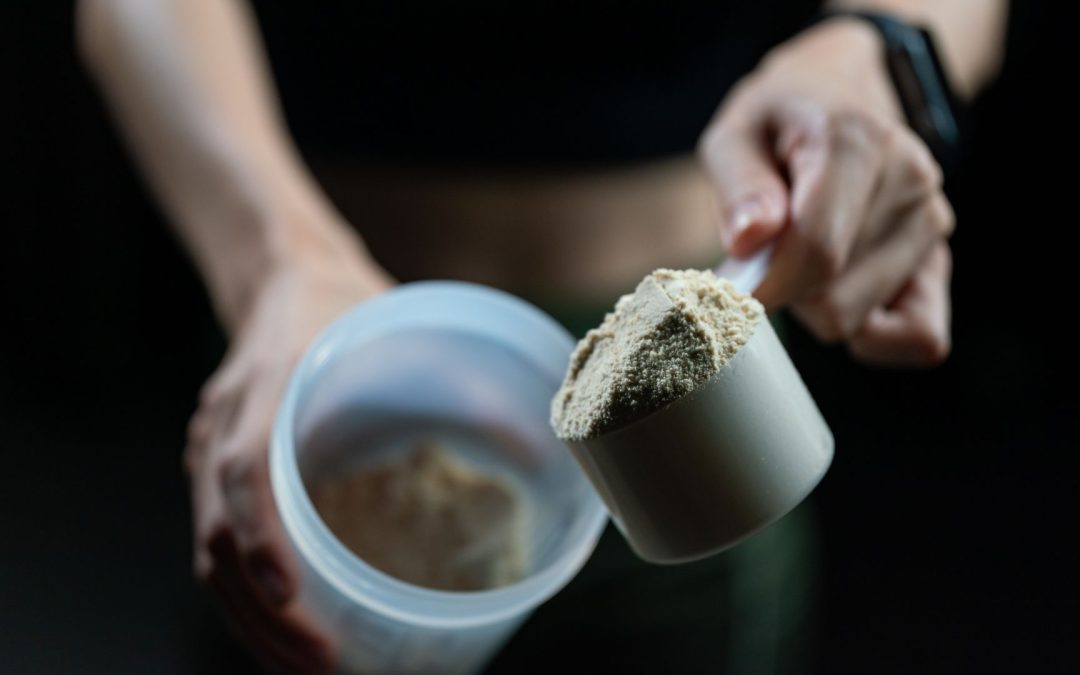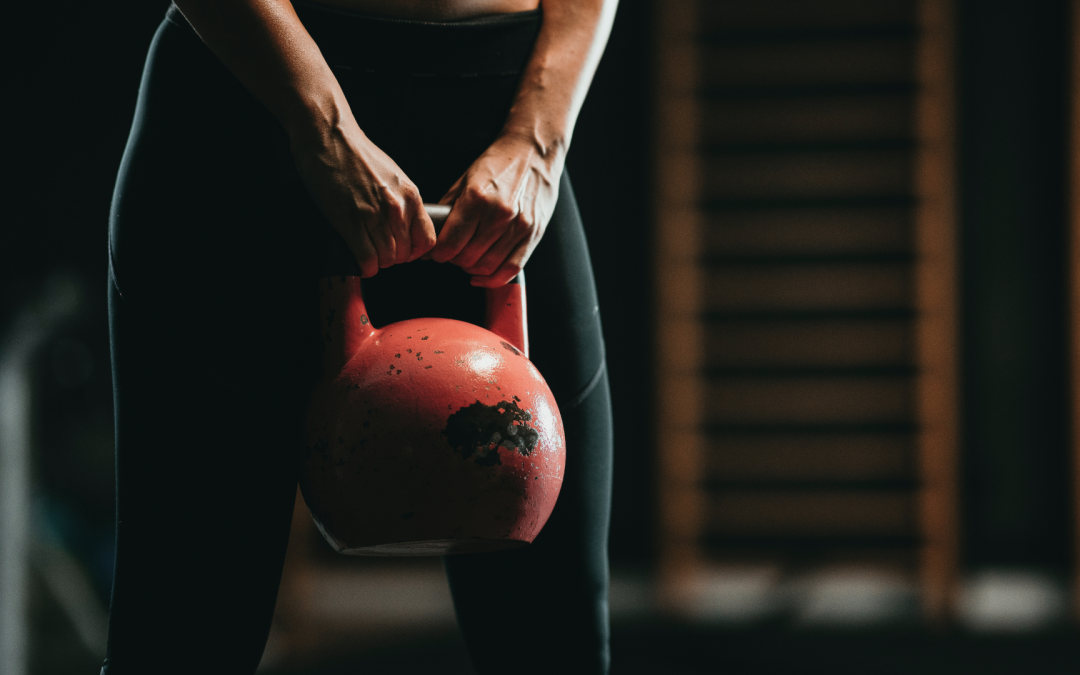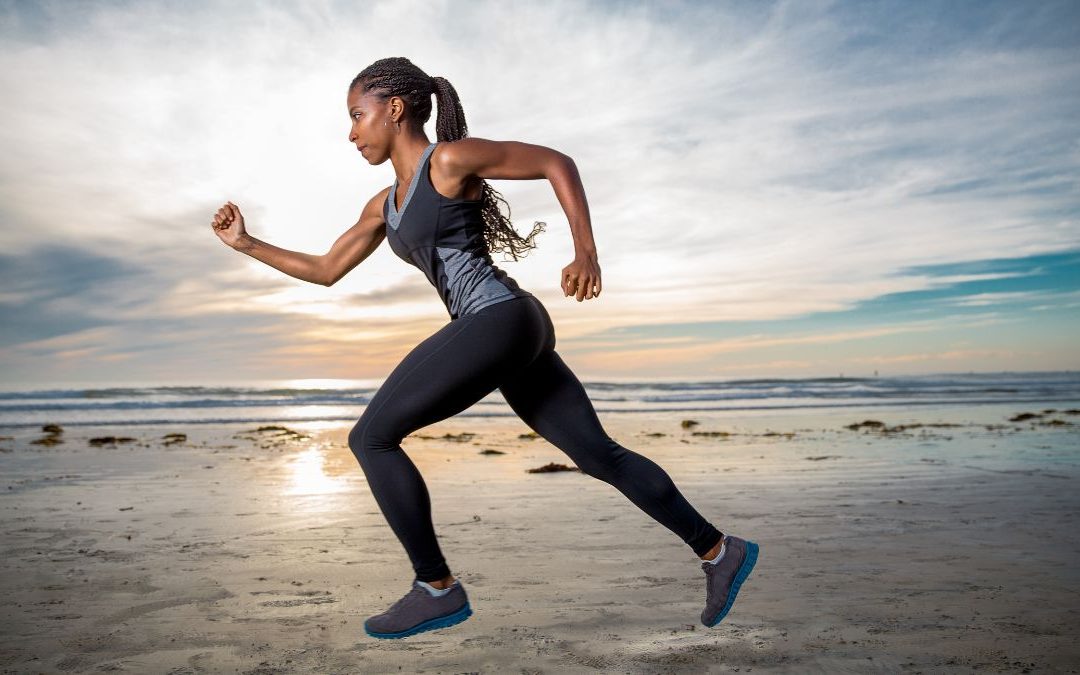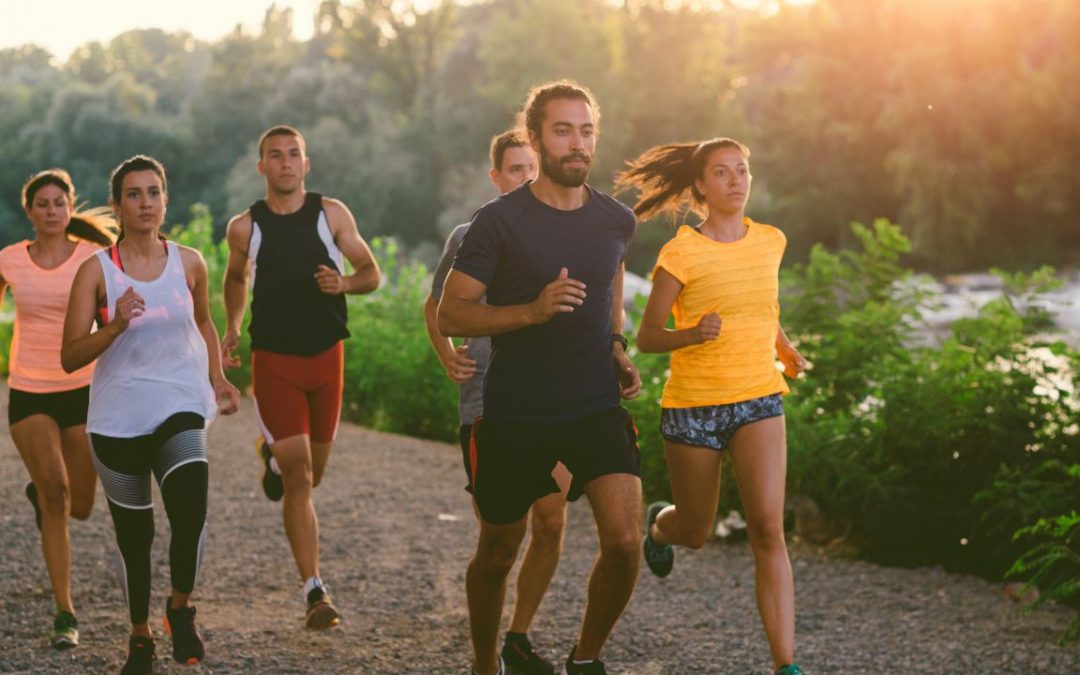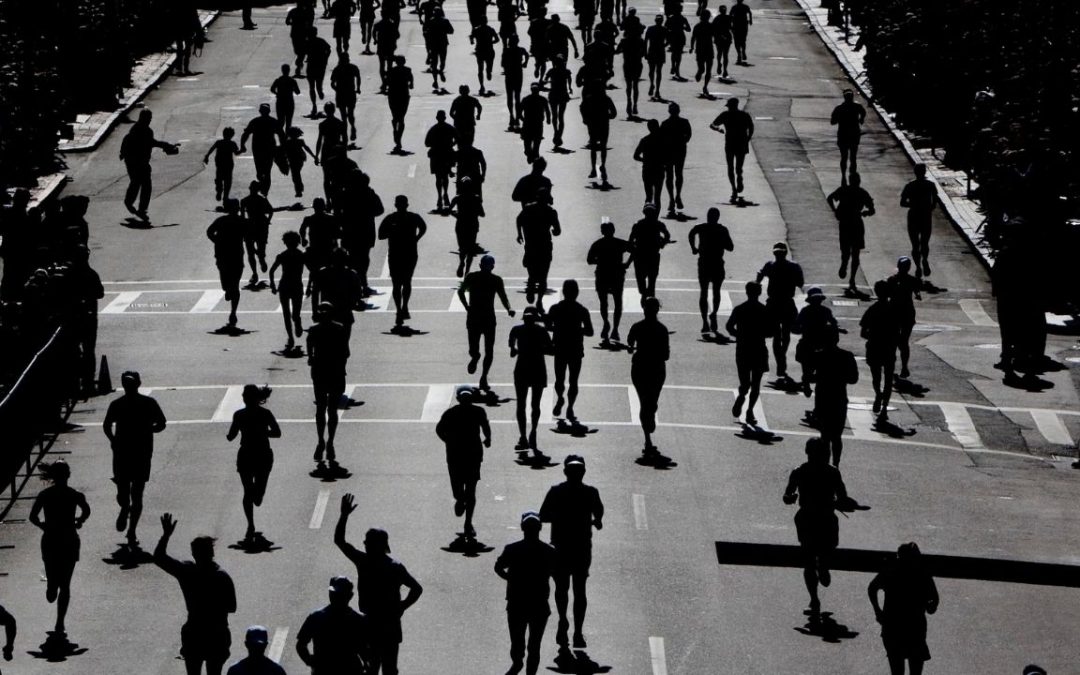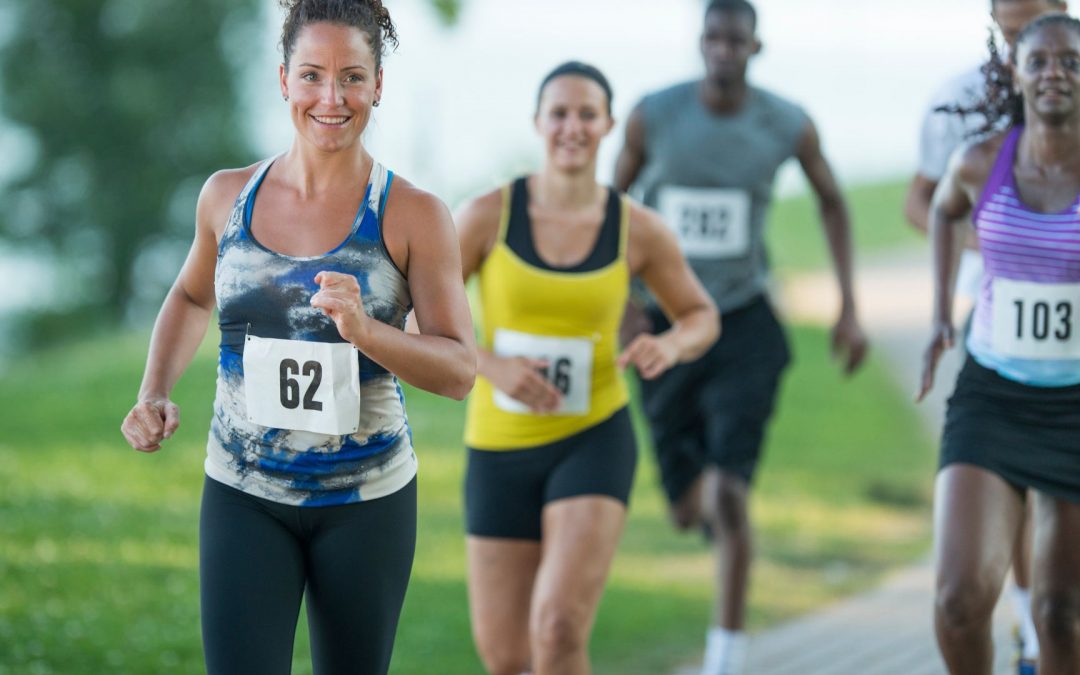Are you set
up to come away from the COVID-19 crisis running stronger — or are you setting
yourself up for injury?
This is what I’m focused on with many of my patients right now.
My name is Steve Gonser, a Physical Therapist at Buffalo Rehab Group and if you
don’t know me, consider yourself lucky!
As a Physical Therapist over the past decade, I’ve been helping runners in Western New York and across the world improve the quality of their training and get over injury.
But things are drastically different now than they were three months ago.
I’m seeing most of my runners drifting in a sea of uncertainty. Some have completely fallen off track while others are finishing up training plans. Some runners have bailed altogether on their training, while others are just winging it until the next training plan starts.
The writing is on the wall. Many runners are heading towards the edge of a cliff. I see it with my patients and the thousands of runners who train with me online.
There are about to be A LOT of injured runners in the next six months.
If you’re going to come out of this thing running stronger, faster, and without injury, you’re going to need to make a shift in your training and running… quickly.
Below are three secrets that have stood the test of time to maximize the QUALITY of your running while minimizing the risk of injury.
I’m pushing these to all my patients — and I want you to hear them, too.
The truth of it is this:
When you focus on the QUALITY of your running, amazing things can happen. It’s how I went from over four hours on my first marathon down to 2:51 with six straight Boston Qualifiers.
It’s how April in the purple beanie from above cut ten minutes off her half marathon.
“I felt strong, in control and focused. Had confidence knowing that all the Base-6 and yoga plus all the knowledge about midfoot strike, forward lean, and torque would get me through. I was AMAZED at how effective the knee drive is! Your strategies have worked wonders for me.“
-April Grayon
It’s how you will come away from the COVID-19 crisis running stronger — instead of sitting on the sidelines injured. The secrets below work for nearly every runner.
It doesn’t matter if you’re a “back of the packer,” looking to qualify for Boston, or somewhere in the middle.
The important thing is that you get started.
1. Don’t Skip Your Strength Workouts
Most runners only have good intentions when it comes to their strength. Whether you’re injury-prone, looking to get faster, or just running for health… adding strength training can make running a whole lot more enjoyable.
The key is to make your glutes, core, and balance a priority. Research points to these areas as not only the cause of (and prevention to) most injuries, but they can also improve your speed.
Strength training also has the benefit of improving your fitness and speed without having to expose your joints and muscles to extra miles and pounding.
What does that mean? You can be less injury-prone and run more consistently.
HERE’S HOW TO START:
Add two strength workouts a week (20-30 minutes each) that AVOID isolating muscle groups (clamshells, leg lifts, leg extensions, hamstring curls).
Instead, focus on standing exercises that allow you to strengthen muscle groups TOGETHER — just like you use them when you’re running.
The best strength exercise are “runner-specific” as they will have the best carry over to your running and injury prevention.
I have had great success with working glute strength when balanced on one foot!
2. Your Running Form Matters
When you contact the ground upwards of 160 times per minute on any given run, you either waste energy or save it… set yourself up for injury or work to prevent it.
The big piece here is that how you run matters — a lot.
Luckily, it doesn’t take much to start protecting yourself from injury and getting more speed by improving your running form.
It’s much like golf or swimming — you can play more golf and swim more, but if you spend time learning HOW to swing a club or glide through the water, you’re going to get better faster.
More practice or training doesn’t stand a chance to proper form. Imagine saving energy and protecting your body 160 times every minute — that’s what good run form can do for you.
HERE’S HOW TO START:
With no upcoming races and plenty of time to practice, there’s no better time to start working on your run form.
Look to identify your “low hanging fruit” first — meaning the things that are the easiest to change and that provide a good return.
After coaching run form for over ten years, I recommend fixing your “foot strike” and “knee position” to start. Doing so can help you run faster AND protect your knees.
Most runners tap the brakes on every step. Learn a proper “foot strike” and “knee position” fixes this.
Once it’s mastered — learn how to open your stride so you can run faster — even when your legs are tired.
3. Run Easy, Build Your Base
You don’t need to be fast right now.
Most runners are always running too fast at what I call “breakdown pace.”
Breakdown pace is a pace that isn’t hard, but it isn’t easy either. It’s that pace where you’re like, “this is good enough.”
Unfortunately, this type of running brings a lot of runners to me for the treatment of stiff ankles, sore knees, and painful hips.
Instead, your focus right now should be to minimize your risk for injury and to lay the foundation for harder miles that will come down the road (pun intended).
Wouldn’t it be terrible if you finally got to start training for a fall race only to end up injured?
Wouldn’t it be terrible to look outside on a perfect spring day and know you can’t run because your hurt?
Well, that’s what happens when you’re running a breakdown pace all the time.
HERE’S HOW TO START:
Bag all your speed workouts — it’s crucial right now. Speed is just too risky for your long-term training — especially as you get over 50 years old.
Sure, you may get faster, now, with no races coming up. But it’s more likely that you’ll just be injured.
Also, be mindful of your pacing on runs — are you pushing the pace? The best speed right now is what I call “conversation pace” running.
EASY TIP: if you cannot hold a conversation while running — you’re going too fast. For those looking for a more objective pace, I often call this “base pace” or about 95% of your easy pace.
For some runners, this may seem painfully slow. Which begs the question — why do you need to be faster right now?
You don’t. In my experience, runners who are over-reaching on their runs at a time like this breakdown and get injured.
Remember: this is the perfect time to focus on quality. You can run injury-free and faster by adding strength workouts, improving your run form, and training smarter.
But the part where most fall flat is implementing the necessary changes.
To help runners, I put all training systems, workouts, and workshops online to give you precisely what you need to train and run smarter.
It’s all inside the RunSmart Training Center.
Here’s a fraction of what’s inside the training center:
- Instant access to online strength & balance workouts designed specifically for runners
- At 30 minutes or less, workouts are easy to squeeze into busy schedules
- Workouts are video-format and easy-to-follow from home or work
- Access to myself and coaches without expensive coaching fees
- Training plans from 5K to the marathon that removes all the guesswork and overwhelm of trying to find or build a plan
- Self-paced programs with zero pressure to keep up
- Access to over 1,000 runners from across the globe to get advice about races, gear, and training
If you want to improve the quality of your running – without having to leave your home or being overwhelmed with what you should be doing in your running, then the RunSmart Training Center is perfect for you.
Click here now and get started for only $1:
You can get access to everything for two-weeks. If you plan on sticking around, it’s only $15/month.
And if you find out it’s not for you? No problem. You can cancel anytime.
All the best to you and your loved ones,
Steve Gonser PT DPT
Physical Therapist
RunSmart Online

